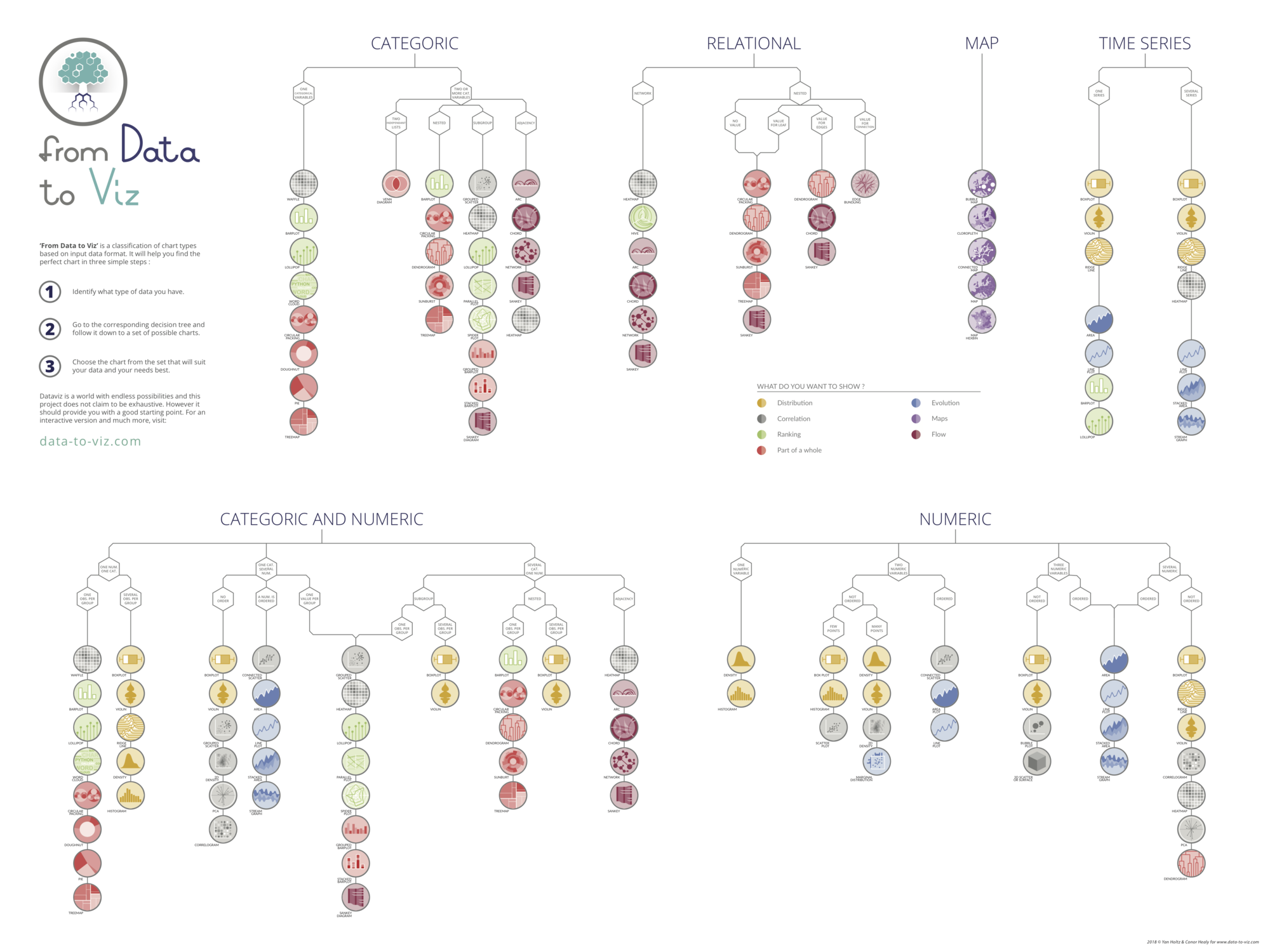Stacked Barplot
In stacked barplot, subgroups are displayed as bars on top of each other. Although barplot() function doesn't have a parameter to draw stacked bars, you can plot a stacked bar chart by putting the bar charts on top of each other like in the example below:
# import libraries
import seaborn as sns
import numpy as np
import matplotlib.pyplot as plt
import matplotlib.patches as mpatches
# load dataset
tips = sns.load_dataset("tips")
# set plot style: grey grid in the background:
sns.set_theme(style="darkgrid")
# set the figure size
plt.figure(figsize=(14, 14))
# top bar -> sum all values(smoker=No and smoker=Yes) to find y position of the bars
total = tips.groupby('day')['total_bill'].sum().reset_index()
# bar chart 1 -> top bars (group of 'smoker=No')
bar1 = sns.barplot(x="day", y="total_bill", data=total, color='darkblue')
# bottom bar -> take only smoker=Yes values from the data
smoker = tips[tips.smoker=='Yes']
# bar chart 2 -> bottom bars (group of 'smoker=Yes')
bar2 = sns.barplot(x="day", y="total_bill", data=smoker, estimator=sum, ci=None, color='lightblue')
# add legend
top_bar = mpatches.Patch(color='darkblue', label='smoker = No')
bottom_bar = mpatches.Patch(color='lightblue', label='smoker = Yes')
plt.legend(handles=[top_bar, bottom_bar])
# show the graph
plt.show()Percent Stacked Bar Chart
In percent stacked chart, bars are again displayed on top of each other, and they represent the proportion of each subgroup in the whole.
# import libraries
import seaborn as sns
import numpy as np
import matplotlib.pyplot as plt
import matplotlib.patches as mpatches
# load dataset
tips = sns.load_dataset("tips")
# set the figure size
plt.figure(figsize=(14, 14))
# from raw value to percentage
total = tips.groupby('day')['total_bill'].sum().reset_index()
smoker = tips[tips.smoker=='Yes'].groupby('day')['total_bill'].sum().reset_index()
smoker['total_bill'] = [i / j * 100 for i,j in zip(smoker['total_bill'], total['total_bill'])]
total['total_bill'] = [i / j * 100 for i,j in zip(total['total_bill'], total['total_bill'])]
# bar chart 1 -> top bars (group of 'smoker=No')
bar1 = sns.barplot(x="day", y="total_bill", data=total, color='darkblue')
# bar chart 2 -> bottom bars (group of 'smoker=Yes')
bar2 = sns.barplot(x="day", y="total_bill", data=smoker, color='lightblue')
# add legend
top_bar = mpatches.Patch(color='darkblue', label='smoker = No')
bottom_bar = mpatches.Patch(color='lightblue', label='smoker = Yes')
plt.legend(handles=[top_bar, bottom_bar])
# show the graph
plt.show()






